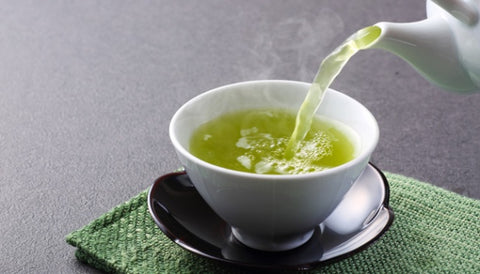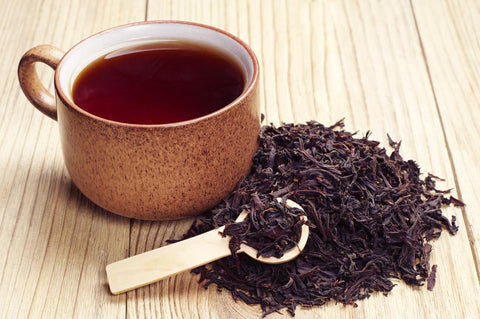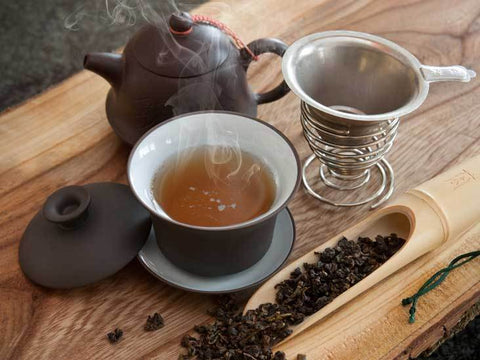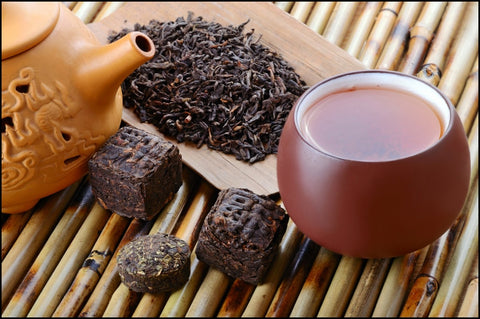The Beginner’s Guide to Tea
Whether you’re pro or against it, staying home is your best option nowadays. For some, it’s not the most exciting thing to do, while others revel in it. And although we’re facing a difficult time, there’s still room to be grateful at the moment. It’s far from a holiday but there are several things you can do to make your quarantine experience count.
You don’t need to come up with your magnum opus but if you can try to make use of the time. It may be the best time for you to pursue new hobbies and learn more about your interests no matter how trivial they may be. Explore more topics that interest you now that you have more time on your hands.
If you love tea, this is going to be a good read for you. We’ll be navigating through the basics to help you get to know the different flavors and brewing techniques involved in the production of tea.
What are the Different Types of Tea?
Technically, the true teas are those that come from the leaves of the Camellia sinensis plant. These are white tea, black tea, green tea, oolong tea, and pu-erh tea. While they do come from the same plant, each one has a distinct flavor and aroma due to the differences in the production process.
There are also two other known variants of tea - herbal teas and flavored teas. These are technically not teas as they do not come from the same plant as the true teas. However, they are still enjoyed by many. Herbal teas are often made from flowers, herbs, spices, and roots. These parts are infused in boiling water to extract the flavors. Flavored teas, on the other hand, are made by infusing other ingredients to true teas to add flavor.
White Tea

As suggestive of its name, white teas appear pristine and almost clear in color. It is considered to be the most delicate type of true tea as it undergoes minimal processing and oxidation. Only the youngest buds and leaves of the Camellia sinensis plant are used to make white tea. They are handpicked under direct sunlight.
White tea is relatively low in caffeine which makes it the perfect choice if you want to enjoy a cup late in the afternoon or in the evening. It’s flavor profile varies from subtle, sweet, floral, and mildly fruity.
Green Tea

Green tea owes its name and color to its production process. This type of tea is unoxidized, which allows the natural oils in the tea leaves to remain intact, preserving its color. A serving of green tea contains approximately 35 mg of caffeine. It is best taken after a meal to help maximize its health benefits, such as boosting your body’s metabolism and regulating your sugar levels.
There are generally three types of green tea:
Sencha
Sencha is made by steaming the green tea leaves right after picking. This prevents oxidation. Afterwards, the leaves are then rolled, shaped, and dried.
Matcha
Matcha always comes in powder form. They are made by shading the plants right before they mature. It is technically high grade green tea ground into powdered form. It can also be used for cooking and baking.
If you want to experiment with matcha in your kitchen. Make sure you are buying from a reliable source such as TEAki Hut. It’s available in two variants, plain and sweetened with stevia.
Genmaicha
Also known as roasted rice tea, genmaicha tea is green tea mixed with roasted brown rice. The process produces a warm and nutty flavor.
Black Tea

Black tea goes through an extended oxidation process compared to the other types of teas. Once the tea leaves have matured, they are harvested and made to wither under direct sunlight or air. After the leaves have withered they go through one of the two types of production: the orthodox method and the crush, tear, curl or the CTC method.
The orthodox method produces mostly high quality teas. It can be done either by hand or machine to produce tea balls and loose leaf teas. The CTC method is done to produce tea bags. It involves the use of machines to crush and grind tea into smaller pieces.
Black tea’s richer and darker color is the result of the heavy oxidation process that it goes through. It’s generally bold and has a strong and potent earthy flavor. Compared to other types of true teas, black tea has the most caffeine content so it’s the best alternative to coffee. Try TEAkiHut’s Instant Black Tea Powder to get that instant boost.
Oolong Tea

This is a semi-oxidized type of tea. It’s popular for its clean, woody, and fresh flavor. A serving can contain as much as 60 mg of caffeine, which also makes it a good choice if you want an energy boost or an increase in alertness and mental clarity.
Pu-erh Tea

Pu-erh tea is named after the Yunnan province which can be found in southern China. The two types of pu-erh tea are categorized according to their production process. Raw pu-erh tea undergoes a natural fermentation process. They can be left to age for 50 years or more.
Ripe pu-erh tea, on the other hand, is withered and covered with wet linen cloths to encourage the growth of good microbial bacteria that help with oxidation.
Due to its unique production process, pu-erh tea boasts of a rich flavor profile. They are generally earthy and woody in taste while some varieties can be sweet and mellow. Try it for yourself with TEAki Hut’s Instant Pu-erh Tea Powder.
References:
